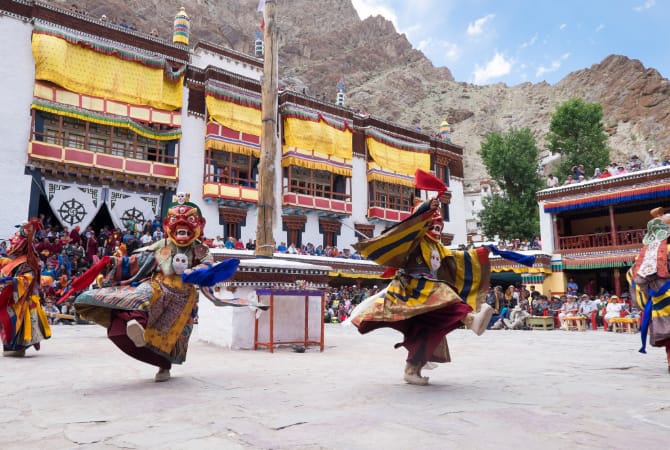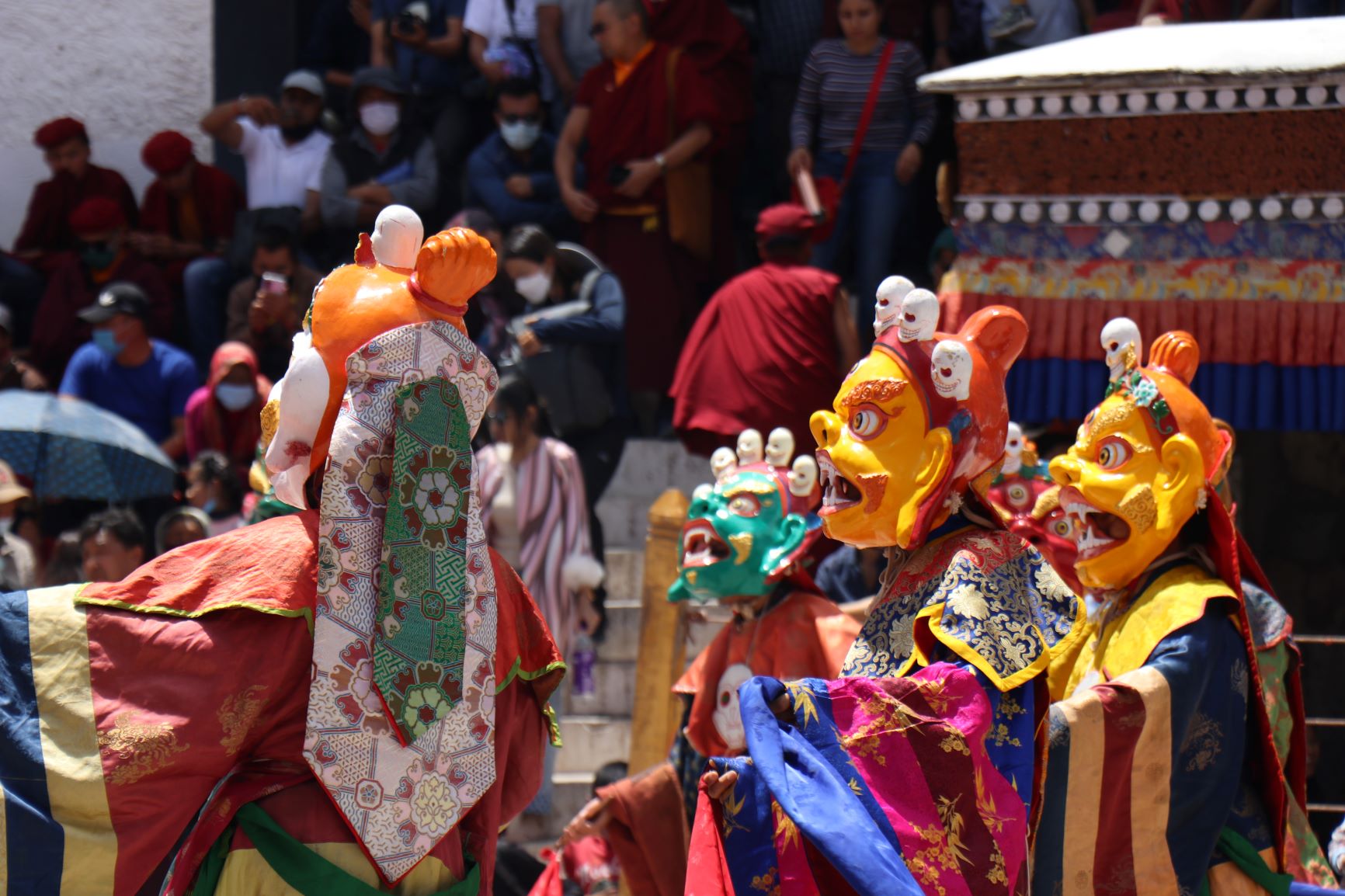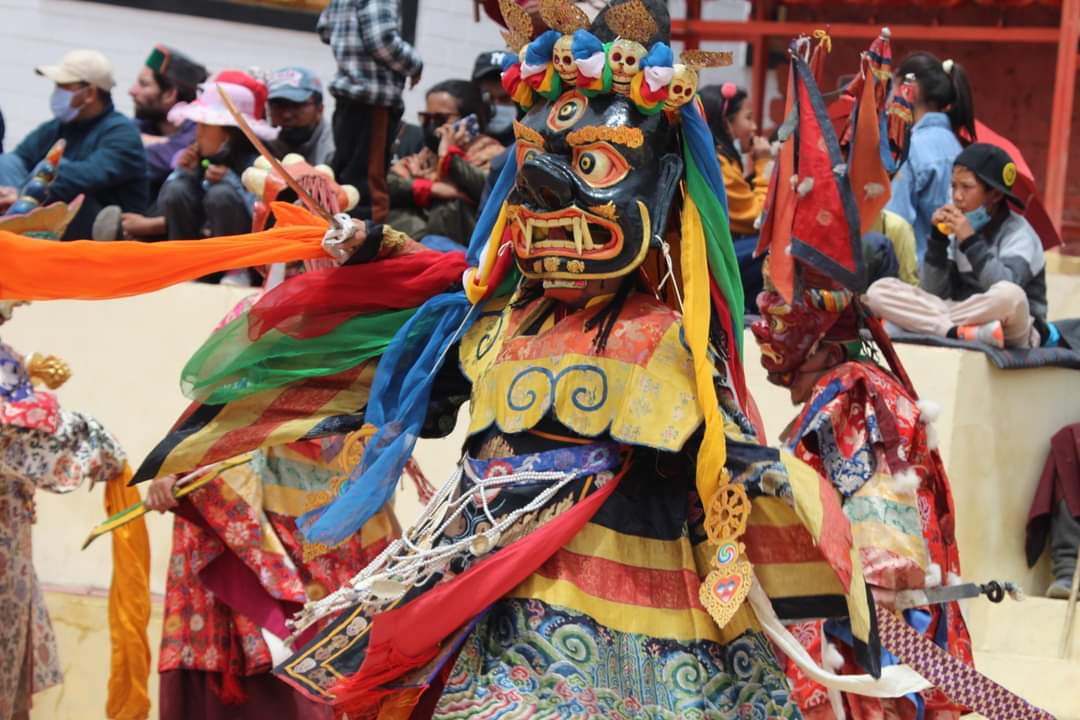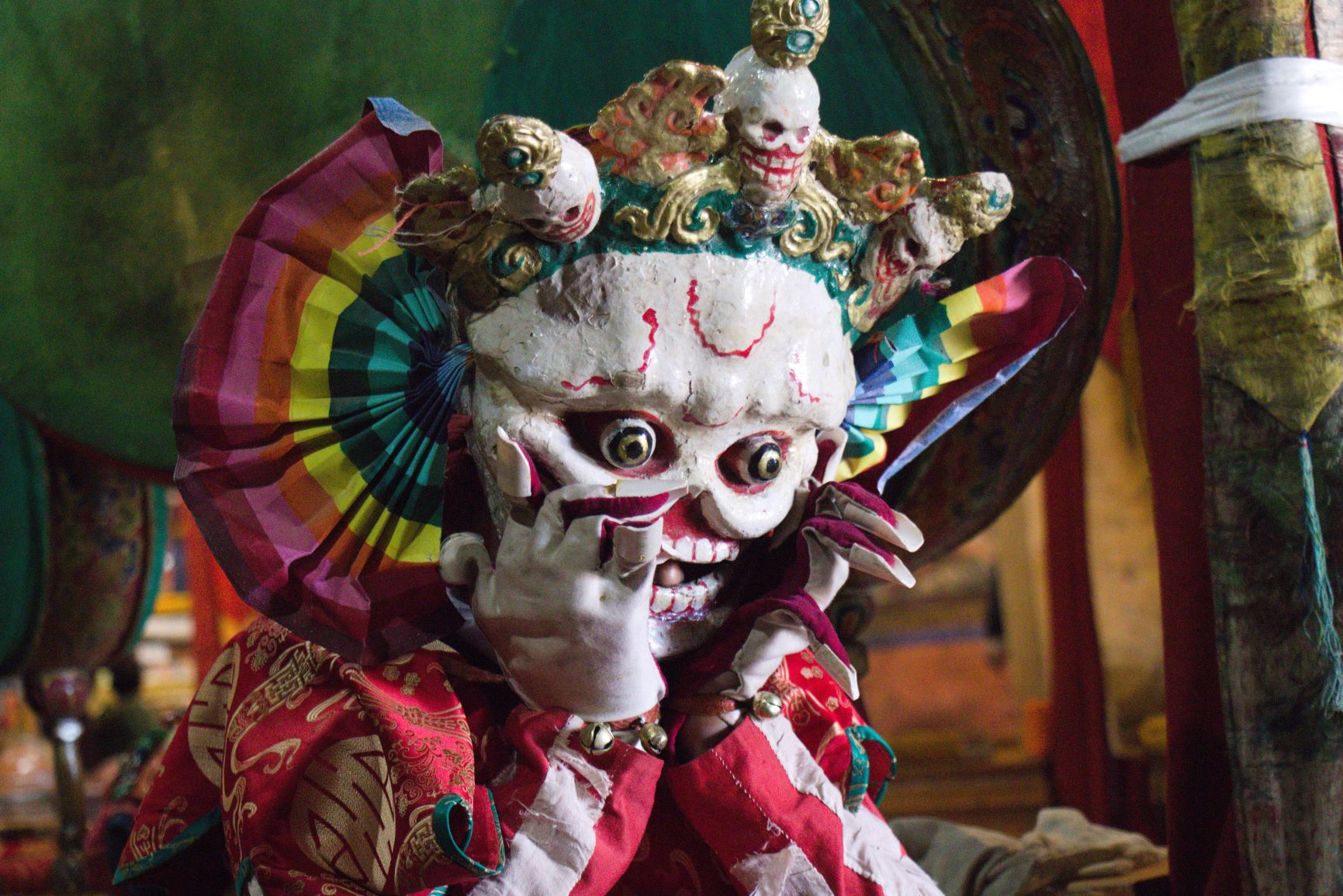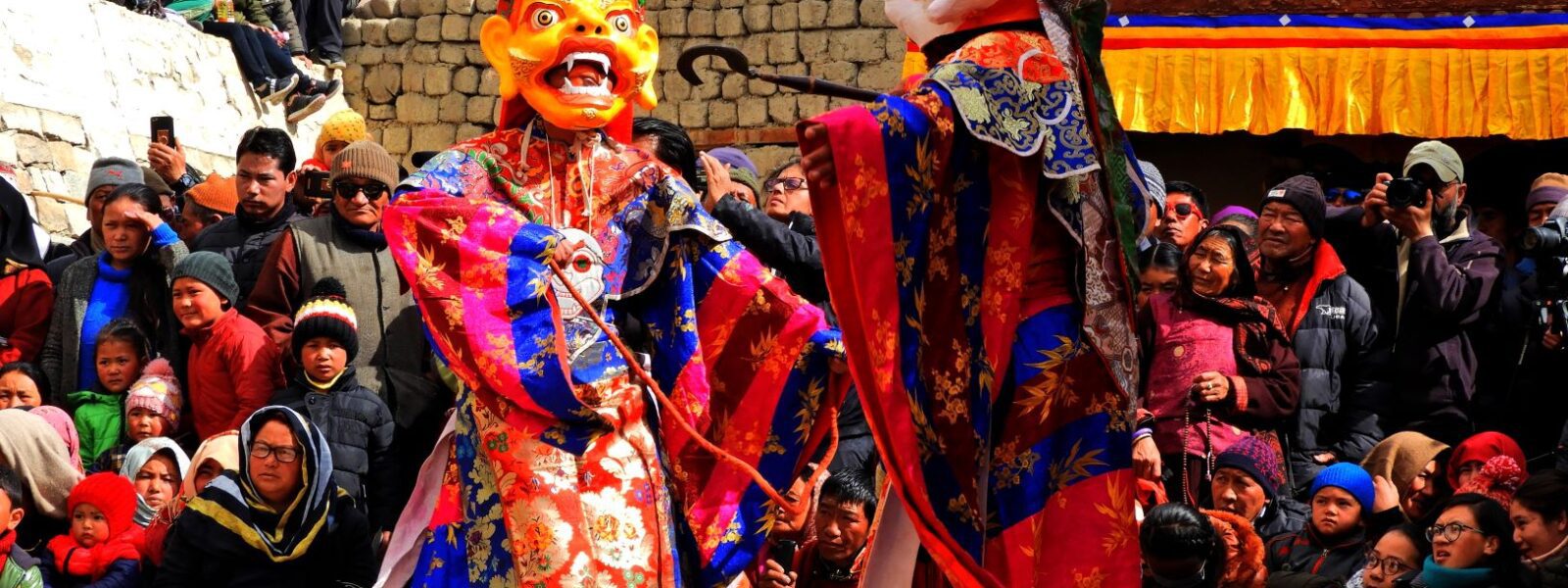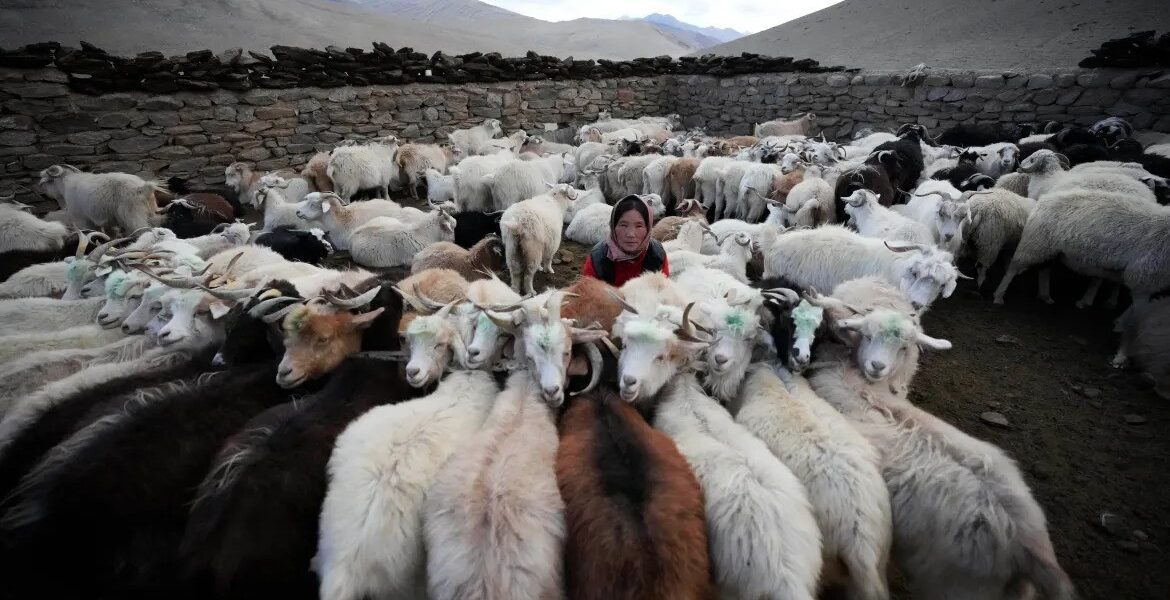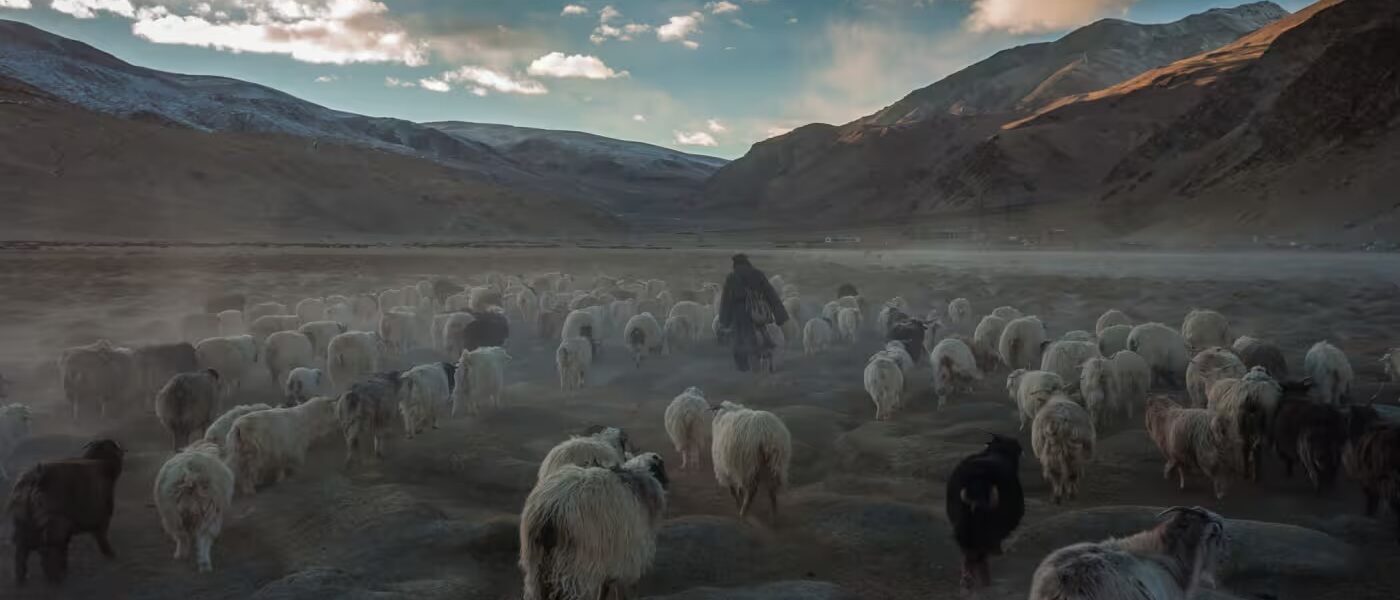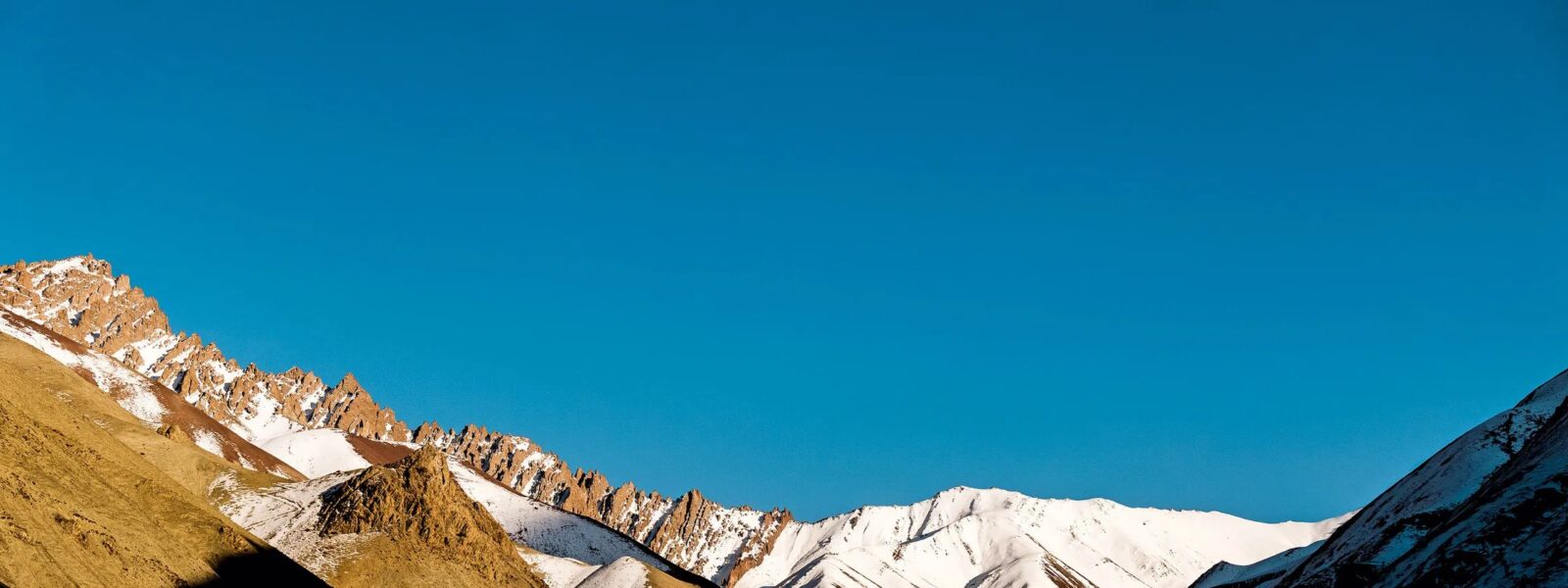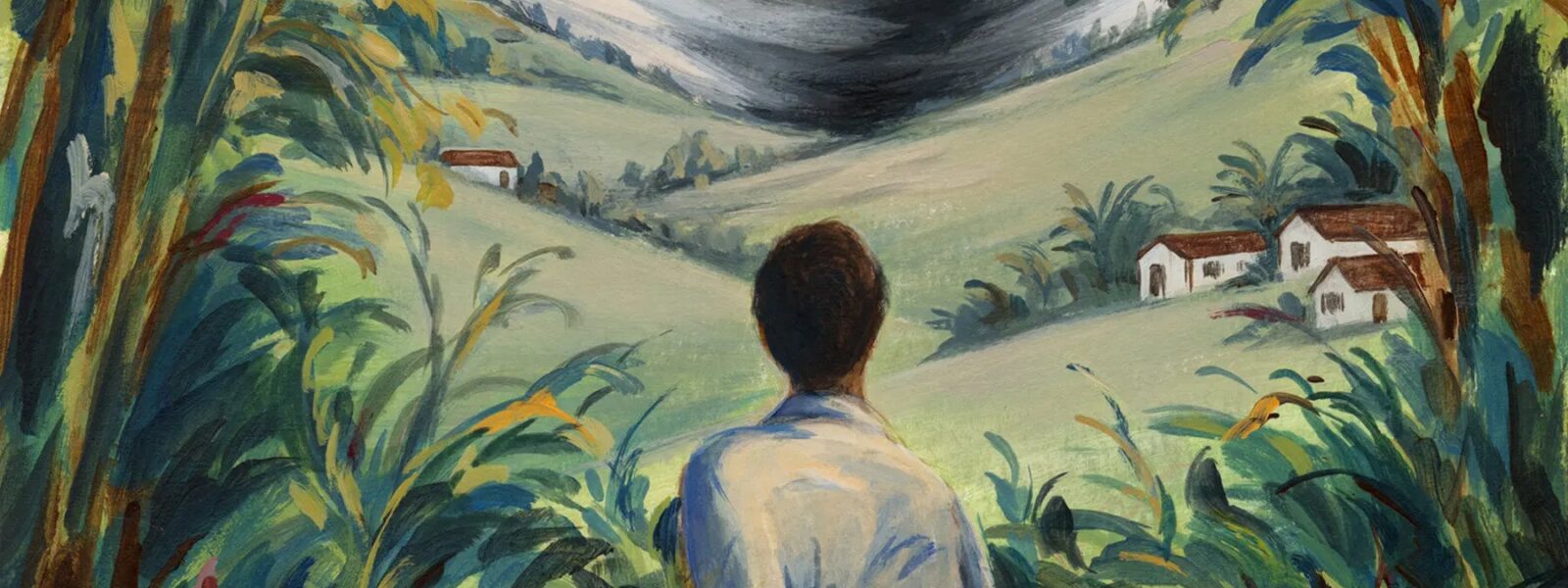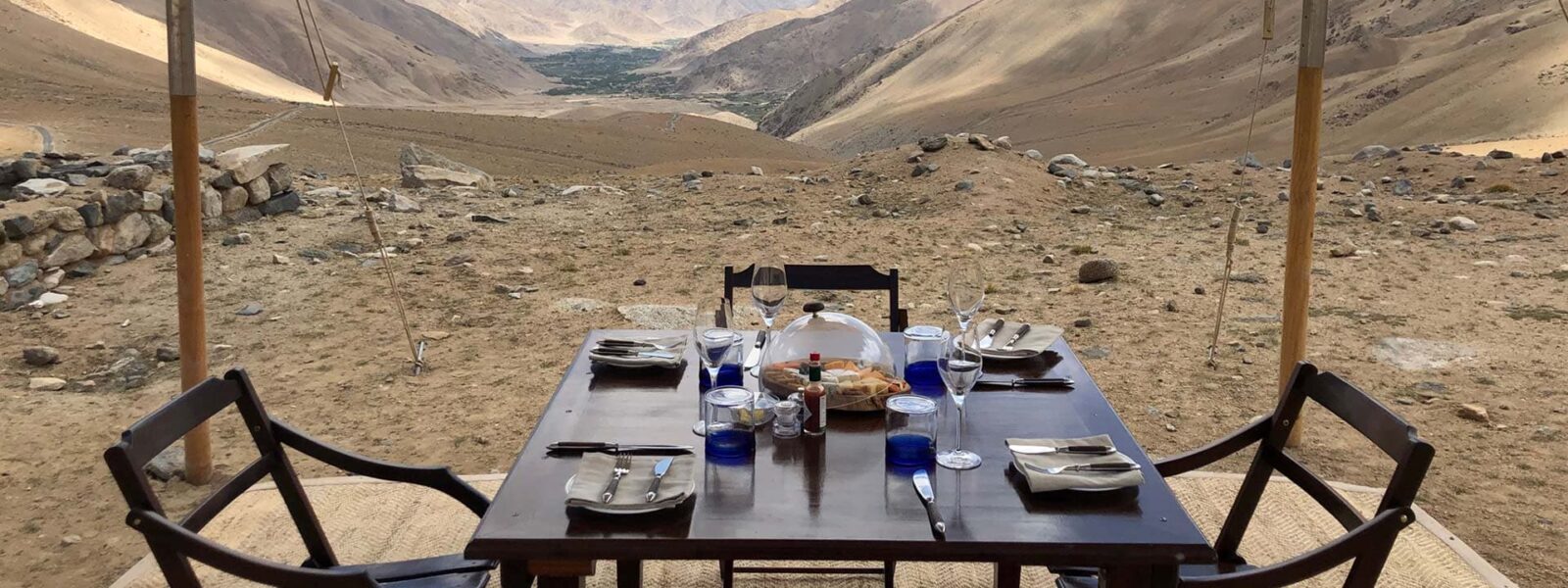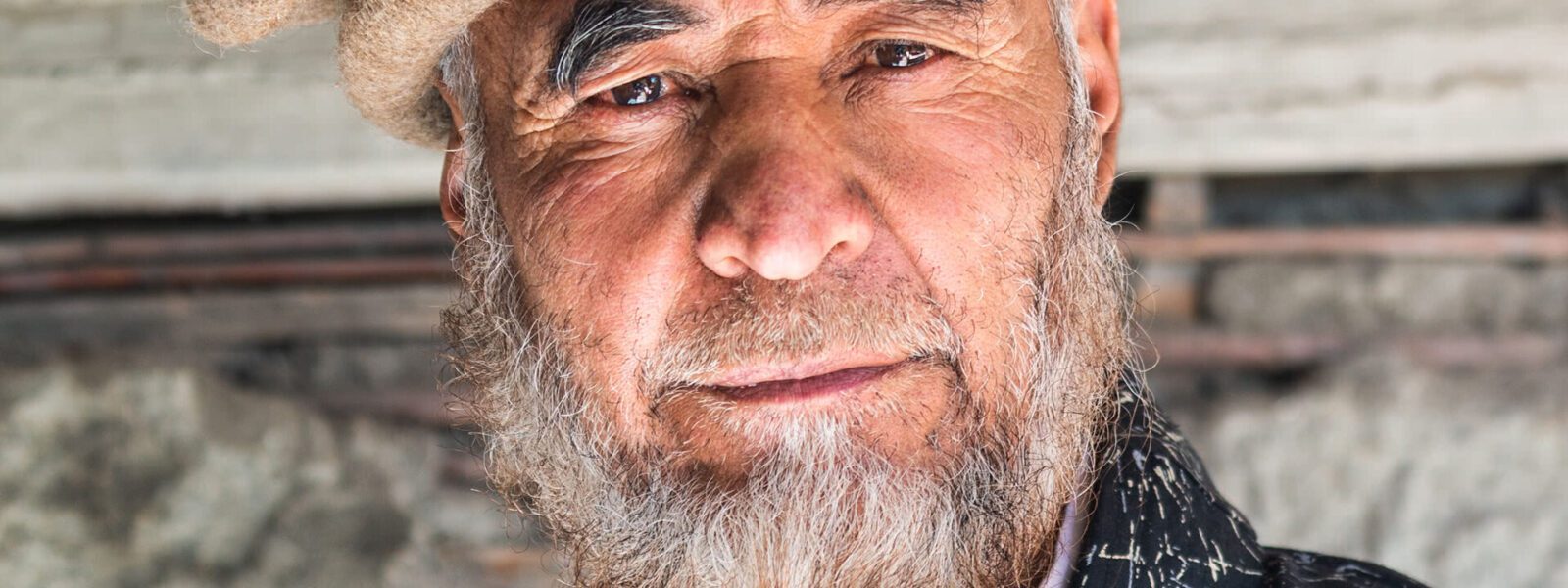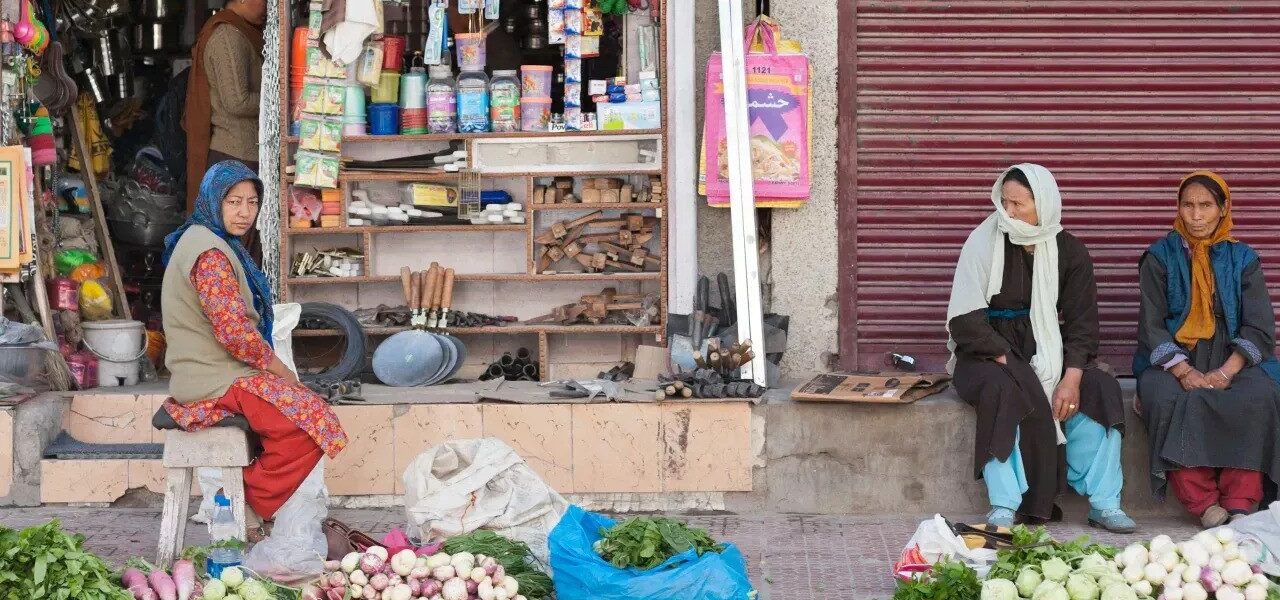Ladakh, the “Land of High Passes,” is not just known for its stunning landscapes but also for its rich spiritual and cultural heritage. Among its many vibrant festivals, the Takthok Tsechu stands out as a unique blend of Buddhist spiritualism and Ladakhi culture. Held annually at the Takthok Monastery, this festival attracts pilgrims, tourists, and culture enthusiasts from all over the world.
The Takthok Tsechu is celebrated on the 10th and 11th days of the Lunar Tibetan Calendar, which usually falls in July or August. During these two days, the monastery transforms into a hub of devotion, celebration, and community bonding. The highlight of the festival is the sacred Cham dance, performed by monks in colorful costumes and masks. But there’s much more to this festival than just dance – it is a window into the heart of Ladakhi traditions and spirituality.
What Makes Takthok Monastery Special?
Takthok Monastery is located in the picturesque village of Takthok, around 55 km from Leh, Ladakh’s capital. Unlike other monasteries in the region, Takthok is unique because it belongs to the Nyingmapa sect, the oldest school of Tibetan Buddhism. The monastery’s name, “Takthok,” means “rock roof,” and its architecture reflects its name. The monastery is built around a natural cave where it is believed that Guru Padmasambhava, also known as Guru Rinpoche, meditated during the 8th century.
As the only Nyingmapa monastery in Ladakh, Takthok holds a special place in the region’s spiritual history. Its rocky roof and walls give it a rugged, ancient appearance, which adds to its mystique. The monastery houses around 60 monks and is a hub for Buddhist teachings, meditation, and rituals.
| Feature |
Details |
| Location |
Takthok Village, 55 km from Leh |
| Nearest Airport |
Kushok Bakula Rinpoche Airport, Leh (46 km away) |
| Religious Affiliation |
Nyingmapa School of Tibetan Buddhism |
| Significance |
Built around the meditation cave of Guru Padmasambhava |

Exploring Takthok Tsechu: A Festival of Faith and Celebration
The Takthok Tsechu is much more than a festival; it is a spiritual journey that connects people to the teachings of Buddhism and the cultural traditions of Ladakh. Over two days, the monastery comes alive with vibrant performances, sacred rituals, and the joyful participation of locals and tourists alike.
Highlights of the Festival
- The Cham Dance: The centerpiece of Takthok Tsechu is the Cham dance, performed by monks and locals wearing intricate masks and costumes. The dance narrates stories of compassionate deities and symbolizes the triumph of good over evil.
- Traditional Attire: The locals dress in their finest traditional clothing, called Goncha, and adorn themselves with jewelry. Their colorful attire adds to the festival’s visual appeal.
- Spiritual Gatherings: The monastery becomes a place of intense spiritual activity during the festival. Visitors can witness monks performing rituals, chanting prayers, and offering blessings.
- Cultural Performances: In addition to the Cham dance, there are folk dances, music, and storytelling sessions that showcase the rich cultural heritage of Ladakh.

Historical and Spiritual Significance of Takthok Tsechu
The origins of the Takthok Tsechu can be traced back to the teachings of Guru Padmasambhava, the founder of the Nyingmapa lineage of Tibetan Buddhism. Guru Rinpoche is said to have introduced the tradition of monastic dance as a way to overcome obstacles and ward off negative energies. The festival commemorates his teachings and his role in spreading Buddhism in Tibet and the Himalayan region.
One of the most significant rituals performed during the festival is the Guru Tsengyat Cham, which depicts the eight manifestations of Guru Padmasambhava. Each manifestation represents a different aspect of his teachings, from compassion to power. The Cham dance, with its elaborate masks and costumes, is not only a visual spectacle but also a deeply spiritual practice.
Why You Should Visit Takthok Tsechu
Attending the Takthok Tsechu is a once-in-a-lifetime experience that offers a rare glimpse into the cultural and spiritual life of Ladakh. Here are some reasons why you should plan a visit:
1. Experience Authentic Ladakhi Culture
The festival is a showcase of Ladakh’s unique traditions, from its clothing and jewelry to its folk music and dances. Visitors get to interact with locals and learn about their way of life.
2. Witness the Spiritual Power of Cham Dance
The Cham dance is more than just a performance – it is a spiritual ritual that conveys profound Buddhist teachings. Watching the dance is a transformative experience that leaves a lasting impression.
3. Immerse Yourself in Tibetan Buddhism
For those interested in Buddhism, the festival is an opportunity to witness its practices up close. The rituals, prayers, and teachings provide a deeper understanding of this ancient faith.
4. Enjoy Ladakh’s Natural Beauty
The monastery’s location amidst Ladakh’s breathtaking landscapes makes the visit even more special. The combination of cultural richness and natural beauty is truly unparalleled.

Practical Tips for Visitors
How to Reach Takthok Monastery
- By Air: The nearest airport is Kushok Bakula Rinpoche Airport in Leh, which is about 46 km from the monastery.
- By Road: Takthok Monastery is well-connected to Leh by road. Visitors can hire taxis or join organized tours.
- By Rail: The nearest railway station is in Jammu, from where travelers can continue by road or air to Leh.
Do’s and Don’ts
- Do: Remove your shoes before entering prayer areas.
- Do: Dress modestly and respectfully.
- Do: Seek permission before taking photographs, especially of monks.
- Don’t: Touch religious artifacts or disturb monks during prayers.
- Don’t: Smoke, consume alcohol, or spit within the monastery premises.
Testimonials
“Visiting Takthok Tsechu was an unforgettable experience. The combination of spirituality, culture, and Ladakh’s natural beauty was truly magical. Watching the Cham dance and interacting with the locals gave me a new perspective on life.”
– Emily Carter, Photographer, United Kingdom

FAQs About Takthok Tsechu
1. What is Takthok Tsechu?
Takthok Tsechu is a Buddhist festival held at Takthok Monastery in Ladakh. It features the Cham dance, spiritual rituals, and cultural performances.
2. When is Takthok Tsechu celebrated?
The festival is celebrated on the 10th and 11th days of the Lunar Tibetan Calendar, typically in July or August.
3. What is the significance of the Cham dance?
The Cham dance is a sacred performance that conveys Buddhist teachings and symbolizes the victory of good over evil.
4. How do I reach Takthok Monastery?
The monastery is located 55 km from Leh. The nearest airport is Kushok Bakula Rinpoche Airport in Leh.
5. Is the festival open to tourists?
Yes, tourists are welcome to observe the festival and experience Ladakhi culture and spirituality.
6. Can I photograph the festival?
Photography is allowed in most areas, but always ask for permission before photographing monks or sacred objects.
Takthok Tsechu in Ladakh
Takthok Tsechu in Ladakh | The journey through Ladakh mirrors the very essence of unraveling unknown horizons, as its dramatic landscapes and unique cultural identity awaken the deepest sense of wonder and exploration. Takthok Tsechu in Ladakhdelves into this realm where inner peace intertwines with the wild, untouched beauty of Ladakh. From the snow-capped peaks to the serene monasteries, every step in Ladakh is a step toward self-discovery. The mountains, ancient paths, and unspoken mysteries stretch before travelers, offering a meditative experience where each encounter feels both effortless and transformative. Whether it’s trekking across remote valleys or sitting quietly beside a sacred lake, Ladakh invites those who seek a deeper connection to the natural and spiritual world.

Takthok Tsechu in Ladakh
The monasteries of Ladakh stand as living monuments to the region’s profound spiritual heritage. With origins dating back over a thousand years, these ancient structures are both places of worship and repositories of art, culture, and wisdom. Hemis Monastery, one of the largest in Ladakh, is renowned for its annual festival, featuring colorful mask dances performed by monks. The history of these monasteries reflects Ladakh’s role as a crossroads between India, Tibet, and Central Asia, where religious and cultural influences have intertwined over the centuries.
The Tibetan Buddhist influence is especially evident in the architecture and daily life of the monks. Prayer wheels, intricate murals, and the soft hum of chants fill the air as visitors explore the monastery grounds. Each monastery, from the remote Lamayuru to the awe-inspiring Thiksey, offers a window into the spiritual heart of Ladakh. These centers of meditation, learning, and community life continue to thrive, preserving traditions that have shaped Ladakh for generations.
Takthok Tsechu in Ladakhfor Takthok Tsechu in Ladakh?
Ladakh is a destination that transcends mere travel. It offers a journey that touches both the outer and inner landscapes, making it a perfect setting for those who seek to unravel their own unknown horizons. The region’s breathtaking scenery—from towering mountain ranges to hidden valleys—provides not just an escape but a space for contemplation and growth. Ladakh’s culture, deeply rooted in Buddhist practices, invites visitors to reflect on their own lives and the world around them.
Ladakh’s people, known for their warmth and hospitality, add to the richness of the experience. Villages like Sumda Chun and the legendary Nubra Valley introduce travelers to a way of life that is intricately connected to nature and spirituality. Staying in local homestays allows for immersive experiences where one can learn about traditional Ladakhi customs, share meals made from local produce, and participate in community rituals.

Beyond its natural beauty, Ladakh offers a unique opportunity to explore oneself. The vastness of the region’s plateaus and the clarity of its skies seem to mirror the vastness of the human spirit. Whether it’s standing atop a mountain pass at 18,000 feet or meditating in a centuries-old monastery, Ladakh helps unravel the unknown horizons within each traveler.
Finding the Best Takthok Tsechu in Ladakhin Ladakh
Finding the best places in Ladakh to experience “Takthok Tsechu in Ladakh” involves venturing off the beaten path. Ladakh’s lesser-known treks, such as those leading to secluded monasteries or high-altitude lakes, offer unparalleled opportunities for solitude and reflection. The Markha Valley trek, for instance, takes travelers through verdant valleys, ancient villages, and high-altitude passes, allowing for both physical and spiritual exploration.
Ladakh’s iconic lakes, including Pangong Tso and Tso Moriri, are ideal spots for quiet contemplation. Their still waters reflect the sky, creating a mesmerizing landscape that feels timeless and infinite. Sitting beside these lakes, especially at dawn or dusk, brings an overwhelming sense of peace and connection with nature.

For those interested in Ladakh’s spiritual heritage, exploring monasteries such as Alchi, Phyang, or Diskit can be a transformative experience. These sites are not just places of worship but also centers of art, philosophy, and wisdom. Visiting these monasteries, with their ancient murals and intricate statues, offers insight into Ladakh’s rich cultural tapestry.
Ladakh’s Atmosphere and Takthok Tsechu in Ladakh
Ladakh’s atmosphere is unlike any other place on Earth. The stark contrasts between the rugged mountains and the serene, tranquil monasteries create an environment that feels both raw and sacred. The traditional decor in Ladakhi homes and religious sites reflects this balance, with mud-brick houses adorned with prayer flags and colorful thangkas (Buddhist paintings) that add warmth and spiritual meaning to the space.

The interiors of Ladakhi homes, often simple and functional, are filled with symbols of devotion. Small shrines dedicated to Buddhist deities are common, and the air is often fragrant with incense. The use of earthy materials, like stone and wood, along with brightly colored textiles, creates an inviting and peaceful space, perfect for relaxation and reflection.
Traditional Takthok Tsechu in Ladakh
Traditional Takthok Tsechu in Ladakhis an integral part of the region’s identity, offering a unique blend of flavors that reflect its harsh climate and remote location. Hearty, warming dishes such as thukpa (noodle soup) and momos (dumplings) provide the sustenance needed to endure Ladakh’s cold temperatures. Skyu, a thick stew made with root vegetables and barley, is another staple of the Ladakhi diet, designed to nourish both body and spirit.

Drinks like butter tea, made with yak butter and salt, are a must-try for anyone visiting Ladakh. This rich, savory drink is not only warming but also hydrating, making it essential for those venturing into the high-altitude regions of Ladakh. Chang, a local barley beer, is often enjoyed during festivals and community gatherings, adding a sense of joy and camaraderie to any occasion.
Live Cultural Takthok Tsechu in Ladakhin Ladakh
Ladakh is home to a vibrant cultural scene, with festivals and live performances held throughout the year. The Hemis Festival, which celebrates the birth of Guru Padmasambhava, is one of the largest and most famous events in the region. Monks dressed in elaborate costumes perform cham dances, which depict the triumph of good over evil. The energy of the festival, with its bright colors, rhythmic music, and elaborate rituals, draws visitors from around the world.
Other local festivals, such as the Losar (New Year) and Ladakh Festival, provide visitors with the chance to witness traditional dance, music, and crafts that have been passed down through generations. These events are more than just entertainment; they are a celebration of Ladakh’s rich cultural heritage and its deep connection to the spiritual world.
Trekking and Outdoor Activities Takthok Tsechu in Ladakh
Ladakh is a trekker’s paradise, offering some of the most stunning and challenging routes in the world. From the famous Takthok Tsechu in Ladakh, which follows the frozen Zanskar River, to lesser-known routes like the Sham Valley or Nubra Valley treks, Ladakh’s landscape offers endless possibilities for adventure and discovery. The high-altitude passes, such as Khardung La and Chang La, offer breathtaking views of snow-capped peaks and sprawling valleys.

Wildlife enthusiasts will also find Takthok Tsechu in Ladakhto be a haven for rare species such as the Ladakh Urial, Himalayan Spituk Gustor Festival, and the Spituk Gustor Festival. Winter expeditions to spot the elusive Takthok Tsechu in Ladakhin the Hemis National Park are gaining popularity among wildlife photographers and conservationists alike.
The Importance of Preserving Ladakh’s Takthok Tsechu in Ladakh
Ladakh’s rich cultural and environmental Takthok Tsechu in Ladakhis under increasing threat from climate change and mass tourism. Preserving this unique region requires careful attention to sustainable tourism practices. Choosing eco-friendly accommodations, supporting local businesses, and participating in community-led conservation efforts are just a few ways that visitors can contribute to the preservation of Ladakh’s natural and cultural heritage.
Ladakh’s people have a long history of living in harmony with their environment, practicing sustainable agriculture, and maintaining a deep spiritual connection to the land. Visitors are encouraged to follow the same principles, leaving no trace and respecting the fragile ecosystems that make Ladakh so special.
Etiquette and Tips for Visiting Takthok Tsechu in Ladakh
Before visiting Ladakh, it’s essential to understand and respect the region’s customs and traditions. As a deeply spiritual place, Ladakh requires visitors to dress modestly, especially when visiting monasteries or attending religious ceremonies. Always ask for permission before taking photographs inside monasteries or of local people.
Medical Takthok Tsechu in Ladakh
Spa trail Takthok Tsechu in Ladakh
Takthok Tsechu in Ladakh

When Takthok Tsechu in Ladakh, remember to stay on designated paths to avoid damaging fragile ecosystems. Tipping is appreciated but not expected in most settings, and it’s important to carry cash, as many remote areas do not accept credit cards. Lastly, be mindful of altitude sickness and take the necessary precautions when traveling to higher elevations.
Conclusion: Enjoying Takthok Tsechu in Ladakhin Ladakh
Ladakh is a place where the physical and spiritual worlds converge, offering travelers a journey unlike any other. Whether you’re trekking across high-altitude deserts, exploring ancient monasteries, or simply sitting in quiet reflection by a mountain lake, Ladakh invites you to unravel your own unknown horizons. By respecting the region’s traditions and practicing sustainable tourism, you help ensure that Ladakh’s beauty and cultural richness will be preserved for future generations to explore and enjoy.
